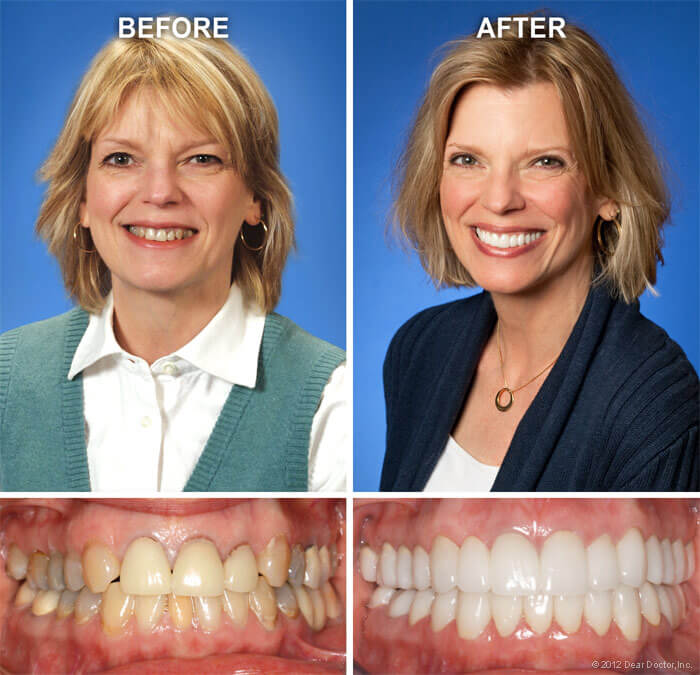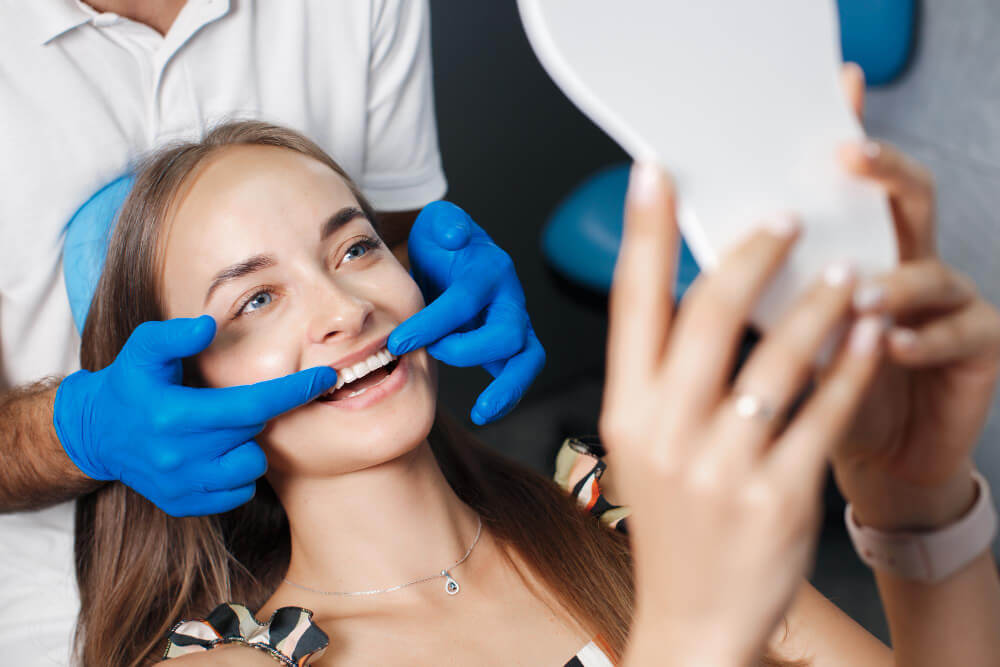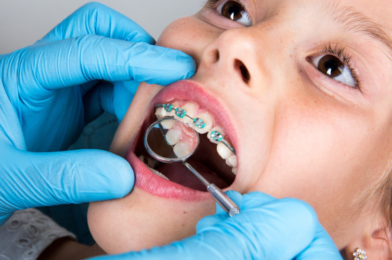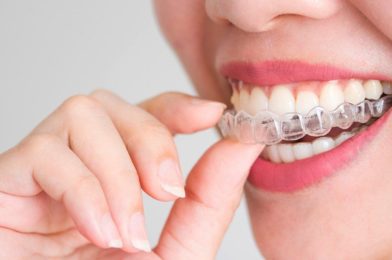A smile makeover is an exciting step toward feeling more confident, but before diving into teeth whitening, veneers, or other treatments, it’s crucial to start with a consultation with a trusted cosmetic dentist in London.
They can assess your specific needs and recommend the most appropriate procedures to achieve your desired results.
Many people rush into procedures without addressing underlying dental issues, which can lead to disappointing results or even bigger problems down the road.

Common Questions and Concerns
Before committing to a smile makeover, people often ask:
- Do I really need to see a cosmetic dentist first?
- Can I just go straight to teeth whitening or veneers?
- How do I know which treatment is right for me?
- What if I have cavities or gum disease?
- Will the results look natural?
- How long will the process take?
- What are the costs involved?
These are all valid concerns, and a cosmetic dentist can help guide you to the best possible outcome.
The Importance of a Cosmetic Dentist Consultation
A professional evaluation ensures that your smile makeover isn’t just about looks—it’s about long-term health and durability.
Here’s why seeing a cosmetic dentist first is a must:
They Identify Underlying Issues
Cosmetic procedures are meant to enhance your smile, but if there are underlying issues like cavities, gum disease, or misalignment, jumping straight into treatments can cause more harm than good.
A cosmetic dentist will:
- Check for decay, gum disease, or infections that need to be treated first.
- Assess alignment and bite issues that could affect the longevity of your results.
- Ensure your teeth and gums are healthy enough to support cosmetic work.
For example, if you have untreated gum disease, getting veneers could lead to gum recession, making the veneers look unnatural over time.
They Customize Your Treatment Plan
No two smiles are the same, which means your smile makeover should be tailored to your unique needs.
A cosmetic dentist considers:
- Facial symmetry and proportions – Your teeth should complement your face shape and features.
- Color matching – Ensuring any restorations, whitening, or veneers blend naturally with your existing teeth.
- Functional concerns – Correcting bite issues to prevent future dental problems.
- Personal preferences – Addressing what you love or dislike about your smile.
A well-thought-out plan prevents rushed decisions and ensures long-lasting, aesthetically pleasing results.
They Ensure Long-Lasting Results
A rushed smile makeover might look good for a few months, but if it’s not planned correctly, you could face issues such as:
- Veneers that chip or fall off due to bite problems.
- Teeth whitening that fades quickly because of untreated enamel issues.
- Gum recession that affects the appearance of restorations.
A cosmetic dentist will focus on durability and sustainability, so your investment lasts for years.
They Help You Avoid Costly Mistakes
Many people seek out cheap cosmetic treatments only to find themselves spending more money fixing mistakes.
Common issues include:
- Veneers that look bulky or unnatural due to poor craftsmanship.
- Overly whitened teeth that appear artificial.
- Gaps or misalignment that weren’t properly addressed beforehand.
A professional ensures the job is done right the first time, saving you time, money, and frustration.
They Offer a Preview of Your New Smile
Many cosmetic dentists use advanced digital imaging and mock-ups, allowing you to see a preview of your new smile before committing to treatment.
This helps set realistic expectations and allows for adjustments before anything permanent is done.
They Provide a Comprehensive Approach
A smile makeover isn’t just about teeth—it’s about your overall oral health, facial aesthetics, and confidence.
A cosmetic dentist will take a holistic approach, addressing:
- Jaw alignment and bite correction
- Tooth shape and size harmony
- Gum contouring for a balanced smile
- Enamel preservation to protect your natural teeth
The Most Common Smile Makeover Procedures
Once your cosmetic dentist has assessed your oral health and created a personalized treatment plan, they may recommend one or more of the following procedures:
Teeth Whitening
- Ideal for those with stained or discolored teeth.
- Professional whitening lasts longer than over-the-counter options.
- Can be combined with other treatments for a more comprehensive makeover.
Porcelain Veneers
- Thin, custom-made shells placed over teeth to improve shape, color, and alignment.
- Great for fixing chipped, stained, or uneven teeth.
- Requires enamel removal, so it’s a permanent decision.

Dental Bonding
- A more affordable alternative to veneers.
- Uses tooth-colored resin to fix minor chips, cracks, or gaps.
- Less durable than veneers but a good option for small corrections.
Invisalign or Braces
- Aligns crooked or misaligned teeth for a straighter smile.
- Helps improve bite function and overall oral health.
- Invisalign is a discreet option for adults looking to avoid traditional braces.
Gum Contouring
- Reshapes the gum line to create a balanced, symmetrical look.
- Ideal for those with a “gummy smile” or uneven gums.
Dental Implants or Bridges
- Replaces missing teeth with natural-looking solutions.
- Implants are permanent and integrate with the jawbone.
- Bridges are an alternative for those who don’t want implants.
What to Expect During Your Consultation
Your first visit will likely include:
- A thorough dental exam – Checking for any oral health issues.
- Digital X-rays or 3D scans – To assess the underlying structure of your teeth and jaw.
- Discussion about your goals – Understanding what you want to change and why.
- Treatment recommendations – A step-by-step plan tailored to your needs.
- Cost and timeline breakdown – Giving you a clear picture of what to expect.
How to Prepare for Your Smile Makeover
- Do your research – Look up before-and-after photos of procedures you’re interested in.
- Make a list of questions – Ask about different treatment options, costs, and expected results.
- Set a budget – Cosmetic dentistry is an investment, so plan accordingly.
- Be open-minded – Your dentist may suggest treatments you hadn’t considered but that could enhance your results.
Final Thoughts
A smile makeover is an exciting step toward greater confidence, but before jumping into teeth whitening, veneers, or other treatments, it’s essential to consult with a cosmetic dentist first.
Many people skip this step and end up with disappointing results—or worse, unexpected dental issues.
A professional evaluation ensures that your smile makeover isn’t just about aesthetics—it’s about long-term health and durability.
Let’s explore why a cosmetic dentist is key to achieving the best possible results.



